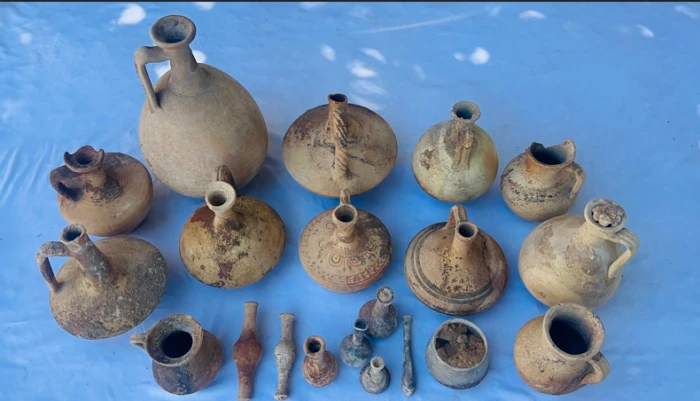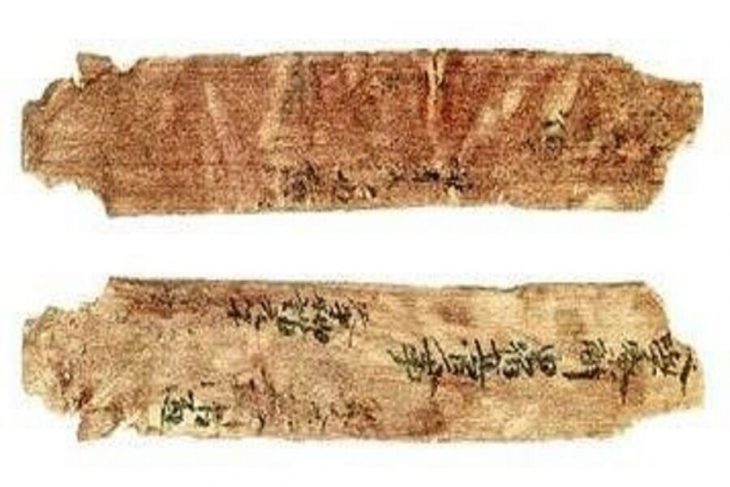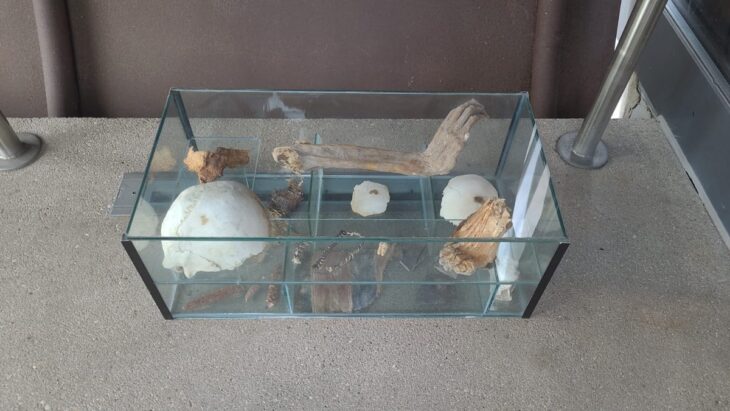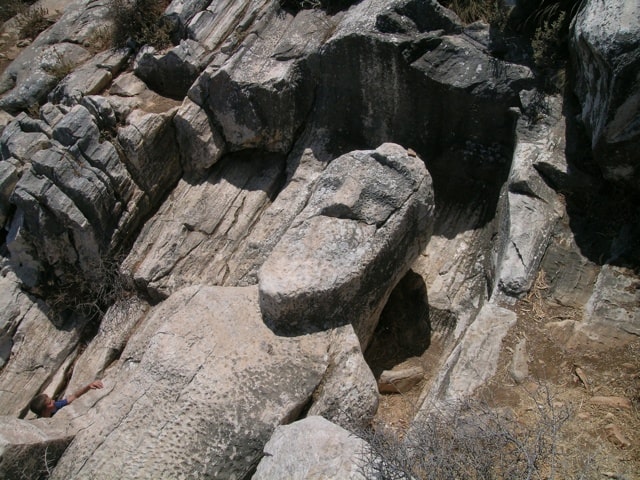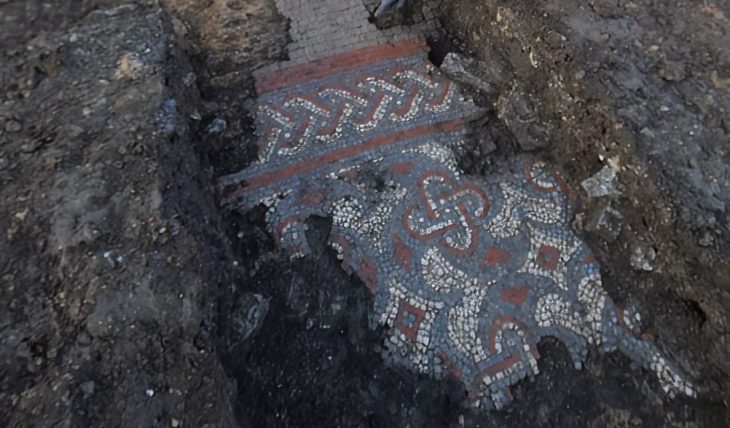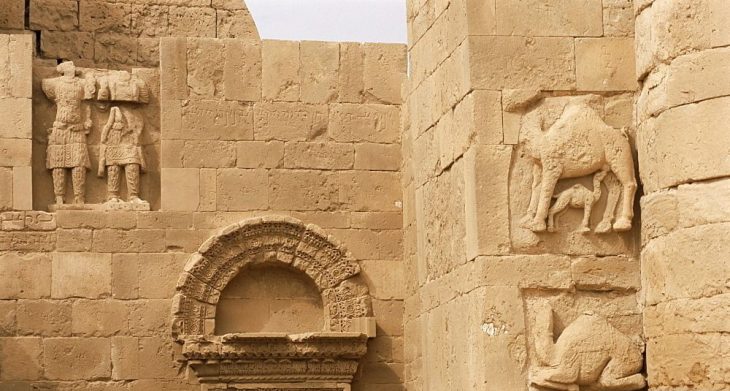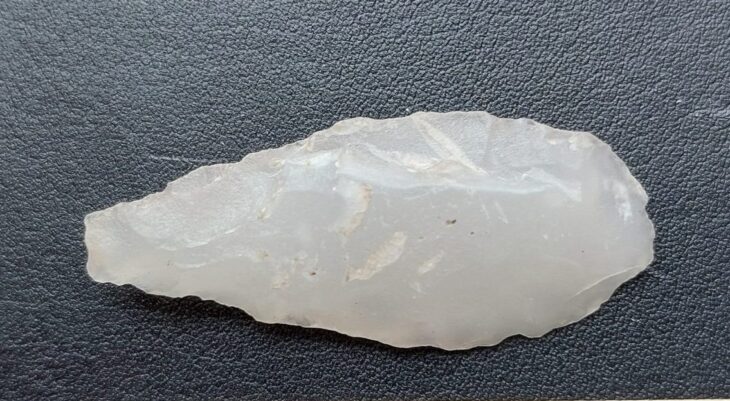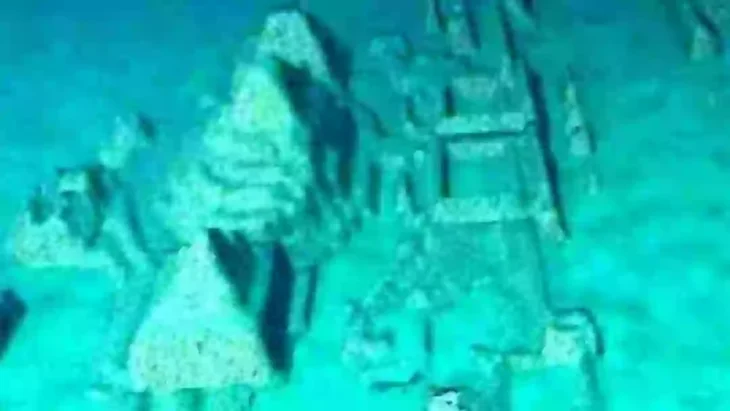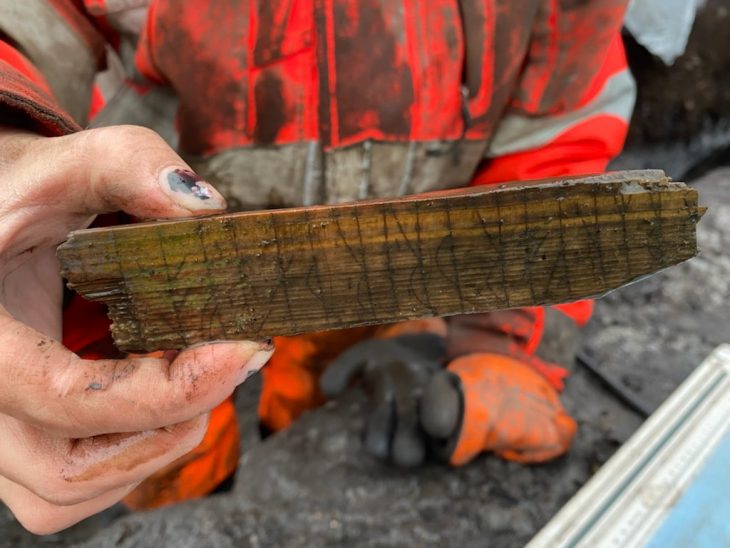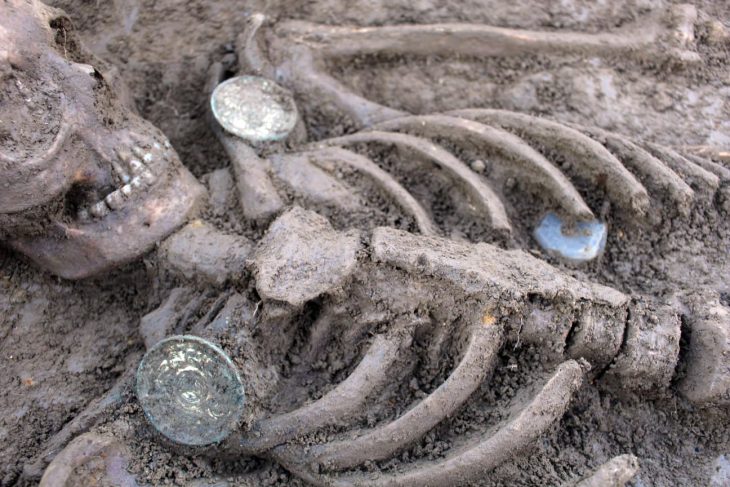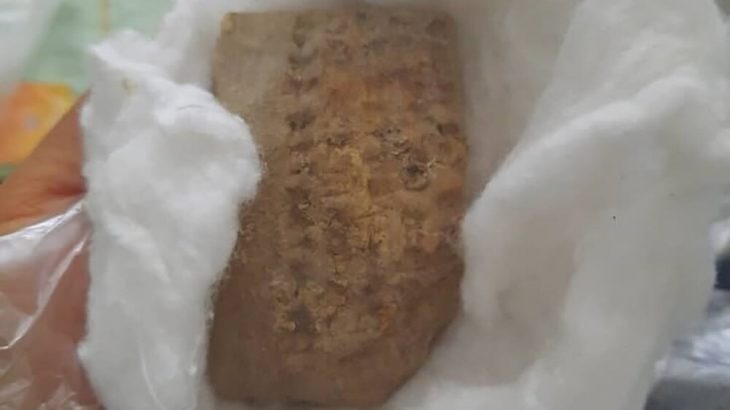A routine alert about a collapsed road at Gazimağusa Port in Northern Cyprus has led to a remarkable archaeological breakthrough. Beneath the sunken section, a rock-cut tomb dating back over two millennia to the Hellenistic period was uncovered—offering a rare glimpse into the island’s ancient past.
Situated near the ruins of the ancient city of Salamis, Gazimağusa (Famagusta) has long held strategic and cultural significance in the Eastern Mediterranean. During the Hellenistic period (323–30 BCE), Cyprus was under Ptolemaic rule, and the region thrived as a hub of commerce, seafaring, and classical civilization. Though modern-day Gazimağusa is best known for its commercial port, archaeological finds in the area suggest layers of untapped historical wealth.
The discovery was made on June 21, 2025, when the Department of Antiquities and Museums of Northern Cyprus responded to a report of ground subsidence along a main access road in the port. Initial investigations quickly revealed that the collapse was caused by the roof of an ancient subterranean tomb giving way.
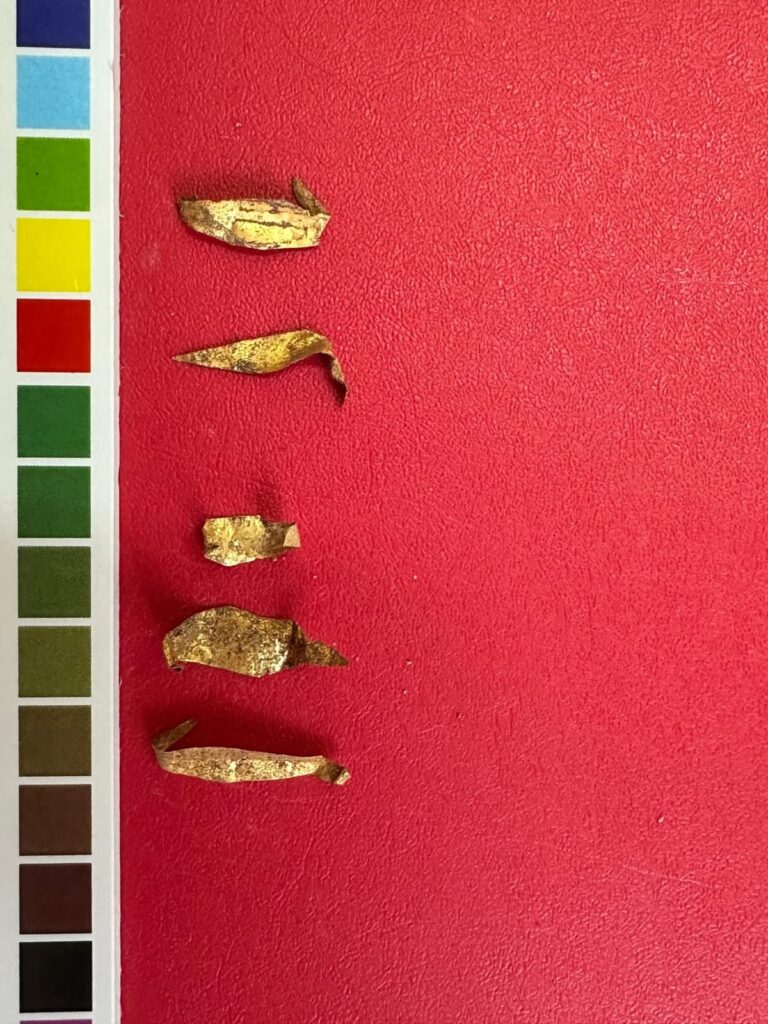
Excavations began on June 23 and revealed a rock-cut chamber tomb featuring three burial couches (klinai), with its entrance originally sealed by large stone blocks. Experts have dated the tomb to the Hellenistic era based on its architecture and the artifacts inside.
Findings from the excavation include a variety of artifacts: terracotta bowls, oil lamps, a lagynos (wine vessel), unguentaria (perfume containers), glass vials, bronze coins and pins, as well as gold leaf fragments. Human skeletal remains were also recovered from the tomb.
📣 Our WhatsApp channel is now LIVE! Stay up-to-date with the latest news and updates, just click here to follow us on WhatsApp and never miss a thing!!
According to Emine Emel Ziba, Director of the Department of Antiquities and Museums of Northern Cyprus, all items will undergo thorough conservation and cataloging before being prepared for public exhibition in regional museums.
During the ongoing excavation, the site remains under the strict protection of Gazimağusa Port Security and Port Police to ensure the safety of both the archaeological team and the newly uncovered cultural heritage.
The tomb and its contents are expected to provide new insights into burial practices and material culture in ancient Cyprus during a period of strong Hellenistic influence.

